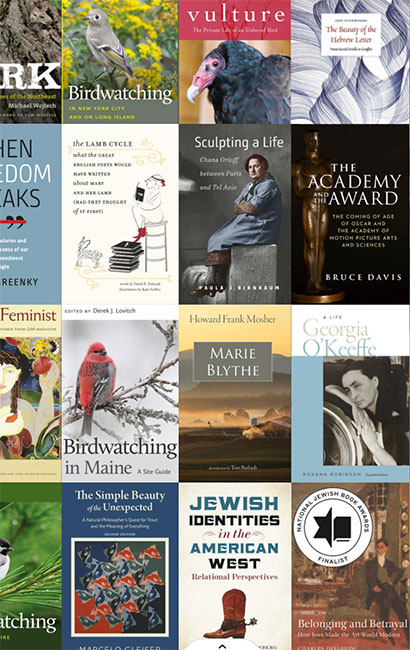It has a close-to-home feel . . . an excellent field guide.
A diverse array of native coniferous and deciduous trees and, in some places, naturalized exotics comprises majestic northeastern forests and woodlands. Naturalists of all ages and abilities will celebrate the publication of Native and Naturalized Trees of New England and Adjacent Canada: A Field Guide. This authoritative guide offers taxonomy, range, detailed notes on botanical features (leaves, buds, bark, twigs, flowers, and fruit), and a general description for each of eighty-two species of forest trees and twenty common shrubs found in the region. Identification is simplified: trees are grouped by leaf shape and arrangement and are keyed to symbols in the text. The authors supplement these comprehensive entries with a wealth of further information on species’ habitats, associated trees, shrubs, and flowering plants, historical details, wildlife values, and uses. Line drawings accompany each entry, and distribution maps are provided for all native species. The book includes an instructive glossary, a list of references, and a metric rule on the inside back cover that will facilitate identification of trees. Native and Naturalized Trees of New England and Adjacent Canada is destined to become a classic field guide on northeastern forest trees.


It has a close-to-home feel . . . an excellent field guide.
The book’s strength is the amount of information it includes... [it's] small enough to take into the field. A very good guide.
The authors have produced a valuable field guide that will be of interest to a wide variety of nature enthusiasts seeking a handy, easy to use reference for identifying trees in the northeast.

Founded in 1971, Brandeis University Press is a nonprofit publisher dedicated to publishing innovative, high-quality books for a general audience, as well as scholarship that advances knowledge and promotes dialogue in the humanities, arts, and social sciences around the world.
© Copyright 2024, Brandeis University Press
Brandeis University Press
Goldfarb Library 69-235, MS 046
Brandeis University
415 South Street
Waltham, MA 02453
(781) 736-4547
pressinfo@brandeis.edu

Stay up to date with the newest titles and promotions from Brandeis University Press—while saving 20% on your first purchase.